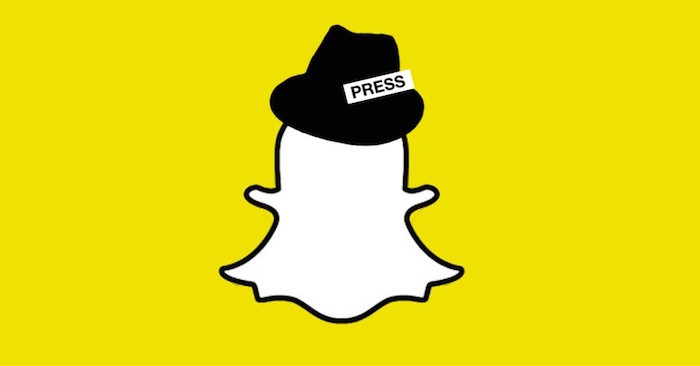
Condé Nast is discontinuing its Snapchat channels for Vogue, Wired and GQ brands, and letting go of employees who were brought in to produce them, according to people familiar with the matter. The publishing company, which is also a Snapchat advertiser, is keeping its Teen Vogue and Self channels. Condé Nast declined to comment.
Snapchat’s user base is officially shrinking. The company again reported a decline in daily users, to 186 million, and said it predicts a decline in the fourth quarter too.
Q1: 191M
Q2: 188M
Q3: 186M
Q4: another decline predicted— Sarah Frier (@sarahfrier) October 25, 2018
The same thing happened at Twitter (user base decline, revenue beat estimate) and that stock went way up and Snap stock is declining. Why? TWTR user decline is because the company is cleaning up bots, etc. Snap's is because fewer real people are signing in, especially on Android.
— Sarah Frier (@sarahfrier) October 25, 2018
Publishers have been nervous about Snapchat for awhile. The company redesigned its app earlier this year, causing at least one Snapchat Discover publisher partner’s views to drop by “more than half.” An unidentified publisher told Digiday earlier this year: “As we expand into more lucrative and better monetizable platforms, I think Snapchat will become less and less of a priority.”
What are those better and more monetizable platforms, by the way? I guess there’s always Apple News, which got a profile in The New York Times this week. The article is sadly free of juicy tidbits (there were “extensive negotiations on the terms of the interviews”), but at least with Apple News you don’t have to hire/later fire a team to produce customize content for it. And as for the editorial decision making, Apple’s editors handle it:
Now Ms. [Lauren] Kern leads roughly 30 former journalists in Sydney, London, New York and Silicon Valley. They spend their days consuming news across the internet, fielding 100 to 200 pitches a day from publishers, and debating which stories get the top spots.
Ultimately, they select five stories to lead the app, with the top two also displayed in a prominent window to the left of the iPhone home screen. They also curate a magazine-style section of feature stories. The lineup typically shifts five or more times a day, depending on the news. A single editor in London typically chooses the first mix of stories for the East Coast’s morning commute before editors in New York and then Cupertino step in.